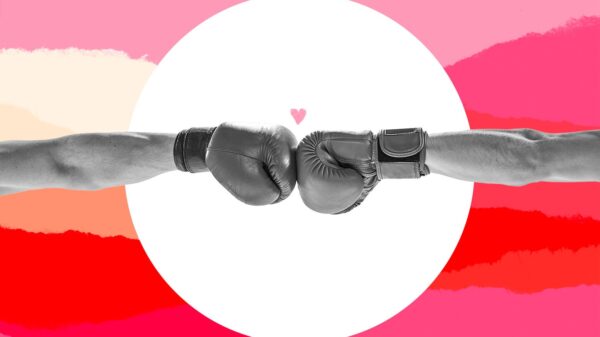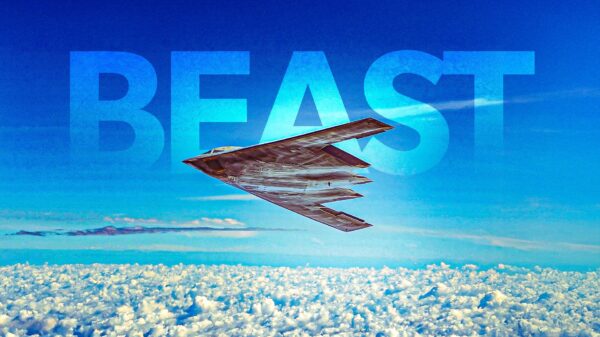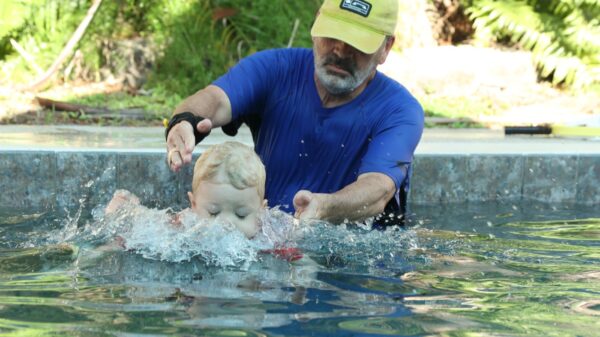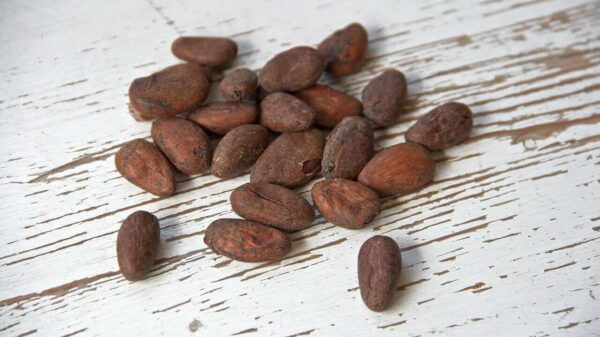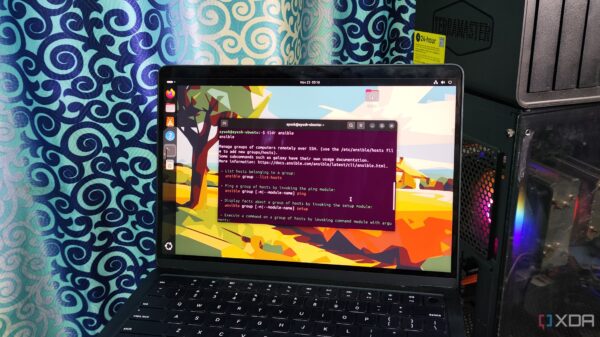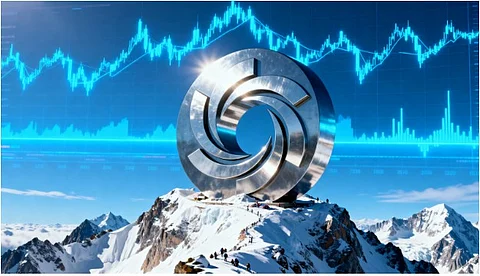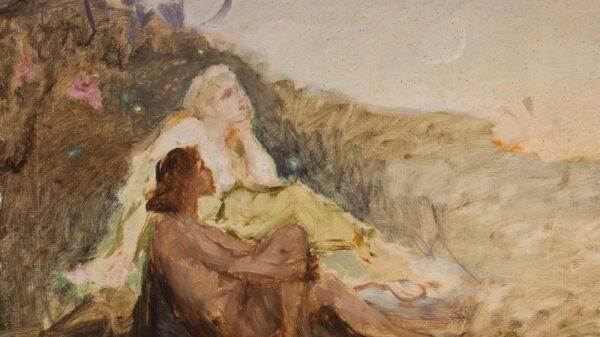Recent studies have provided new insights into the construction and transportation of the iconic moai statues on Rapa Nui, commonly known as Easter Island. Researchers have uncovered how these colossal figures, numbering nearly 1,000, were carved and moved, as well as the factors that led to significant deforestation on the island.
Understanding the methods used by the Rapa Nui people is crucial to comprehending the cultural and historical significance of these statues. The research indicates that the moai, which can weigh up to 82 tons, were fashioned from volcanic rock and could be transported across the island using a combination of manpower and ingenious techniques.
Innovative Techniques for Moving Moai
Archaeological findings suggest that the statues were likely transported in an upright position, using a technique that involved swaying them back and forth. This method would have required coordinated effort among the workers, allowing them to navigate the uneven terrain of the island.
One study led by researchers from Stanford University outlines how the Rapa Nui people may have utilized ropes and wooden sledges to assist in the movement of these massive sculptures. The study emphasizes that the construction of the statues was not only a feat of engineering but also a testament to the social organization and cooperation among the island’s inhabitants.
Environmental Impact and Deforestation
In addition to the insights on moai construction, the research has shed light on the environmental consequences of the island’s development. Deforestation on Rapa Nui has long been a topic of debate among scholars. The studies indicate that extensive logging, primarily for the construction of canoes and the transportation of moai, led to the loss of approximately 90% of the island’s trees.
The findings suggest that this deforestation not only affected the landscape but also contributed to ecological changes that made agriculture challenging. Without adequate tree cover, soil erosion increased, and the island’s ecosystem became more vulnerable to droughts.
The collaborative research draws on archaeological evidence and environmental data, providing a deeper understanding of the interplay between the Rapa Nui people’s cultural practices and their environment. This exploration of the past serves as a critical reminder of the impact that human activities can have on natural resources.
As interest in Rapa Nui continues to grow, these revelations underscore the need for sustainable practices that honor the island’s unique heritage while preserving its delicate ecosystem for future generations. The ongoing examination of the moai and their history offers valuable lessons about the relationship between culture and environment, highlighting the importance of balancing progress with ecological stewardship.

